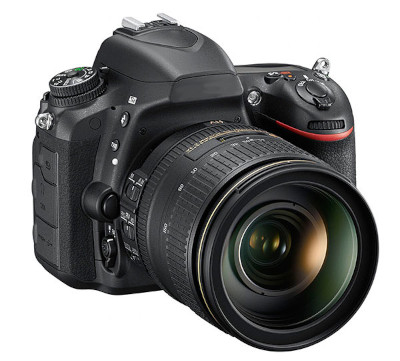Snakes are captivating creatures with unique and diverse features that make for stunning subjects in wildlife photography. However, capturing the beauty of snakes in the wild can be a challenging yet rewarding endeavor. In this article, we'll explore some photography tips and techniques to help you create remarkable snake images.

1. Safety First
Before you embark on your snake photography adventure, prioritize safety. Familiarize yourself with the snake species you intend to photograph and understand their behavior. Always keep a safe distance and avoid provoking or disturbing the snakes. Your safety and the well-being of the snakes come first.
2. Research and Preparation
Understanding the habits and habitats of the snake species you want to photograph is essential. Research their preferred environments, active times, and typical behaviors. This knowledge will help you locate and approach snakes more effectively.
3. Use the Right Equipment
- Camera: A DSLR or mirrorless camera with manual settings is ideal for wildlife photography. Choose a camera with good low-light performance.
- Lenses: Invest in a telephoto lens (e.g., 70-200mm or 100-400mm) to maintain a safe distance. Macro lenses can also be great for close-ups but we advise against this with venomous snakes.
- Tripod: A sturdy tripod or monopod is essential for stability, especially in low-light conditions.
- Filters: Consider using a polarizing filter to reduce glare and reflections.
4. Lighting
- Golden Hours: The hours around sunrise and sunset offer soft, warm light that can enhance your snake photographs.
- Diffuse Harsh Light: Snakes often appear more vibrant in overcast or shaded conditions. Use a diffuser or reflector to soften harsh sunlight.
5. Composition
- Get Eye-Level: For an intimate perspective, try to capture the snake's eye level.
- Rule of Thirds: Compose your shots using the rule of thirds to create visually pleasing and balanced images.
- Fill the Frame: Showcase the intricate patterns and textures of the snake by filling the frame with your subject.
6. Focus and Depth of Field
- Manual Focus: Depending on your camera and lens, manual focus may be more reliable when capturing small and moving subjects.
- Shallow Depth of Field: Use a wide aperture (e.g., f/2.8) to isolate the snake from the background and create a pleasing bokeh effect.
7. Patience
Snake photography often requires patience. Snakes can be elusive, so take your time and wait for the right moment. Be prepared to observe their behavior and anticipate their movements.
8. Post-Processing
After capturing your images, post-processing can enhance their quality. Adjust exposure, contrast, and sharpness while maintaining the natural look of the snake. Be mindful not to overprocess.
9. Ethical Practices
- Do Not Disturb: Avoid disturbing or stressing snakes during photography. Keep a safe distance and use long lenses.
- Respect the Environment: Stay on trails and avoid damaging the snake's natural habitat.
Conclusion
Snake photography can be a challenging but immensely rewarding pursuit. By prioritizing safety, conducting thorough research, and employing the right equipment and techniques, you can capture the beauty and uniqueness of these remarkable creatures. Remember to always respect snakes and their habitats while practicing responsible photography in the wild.